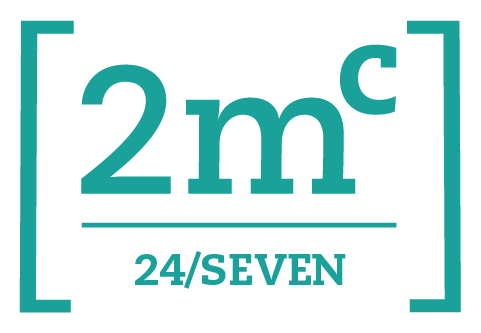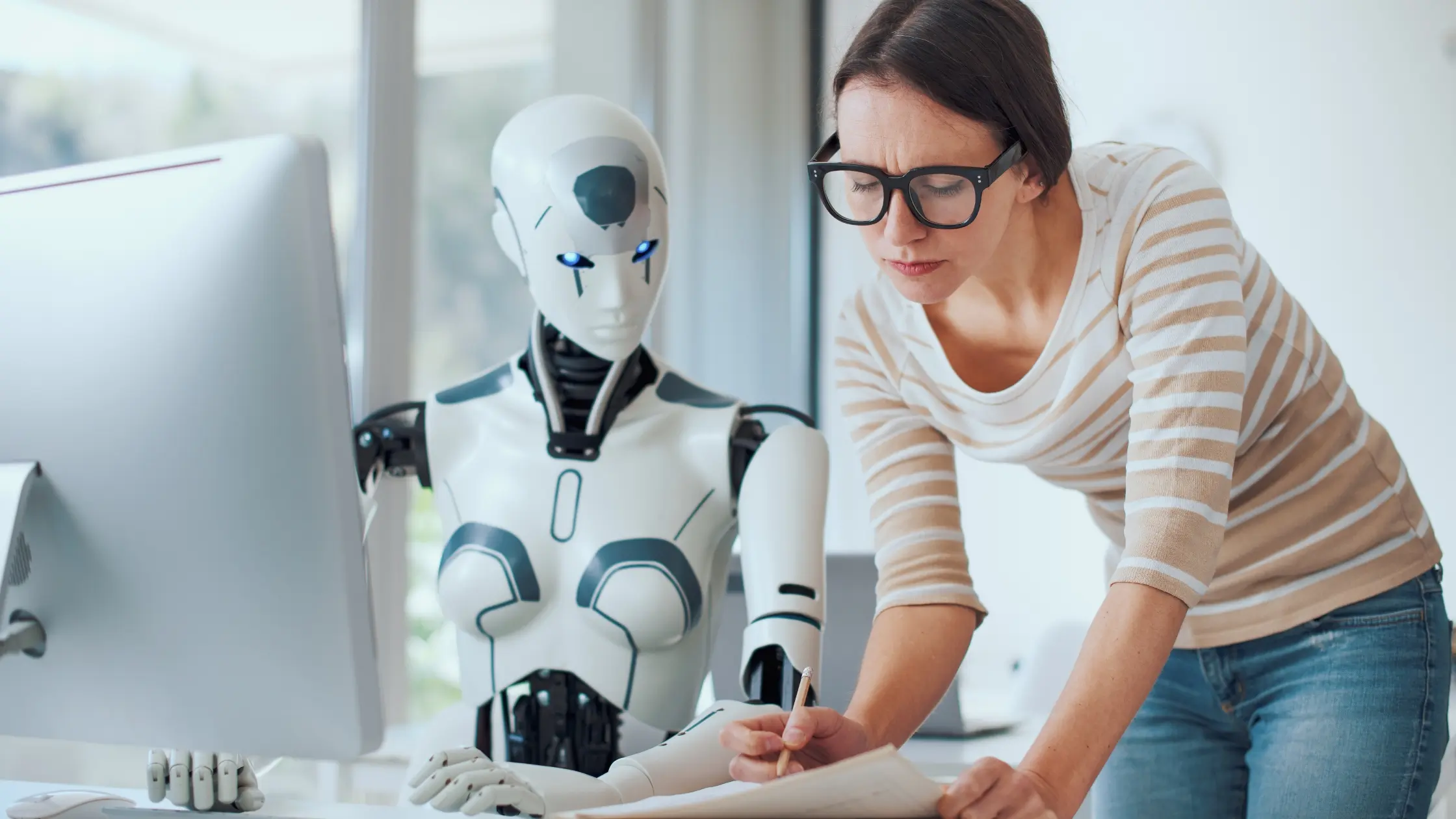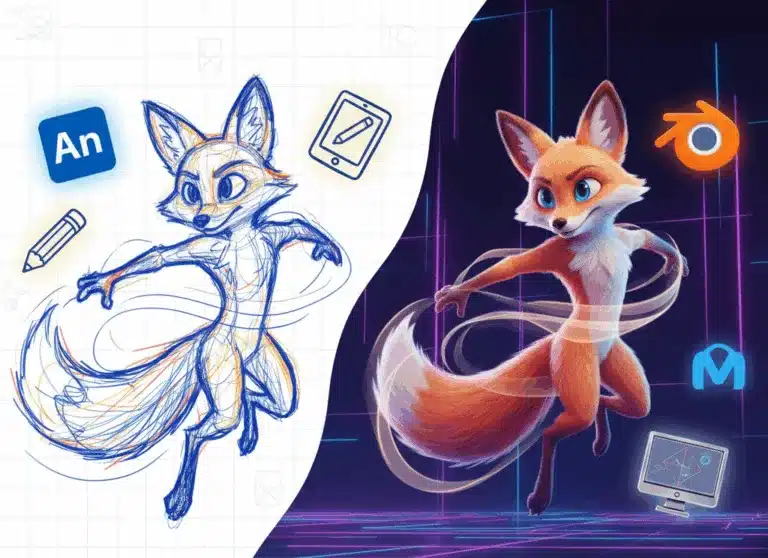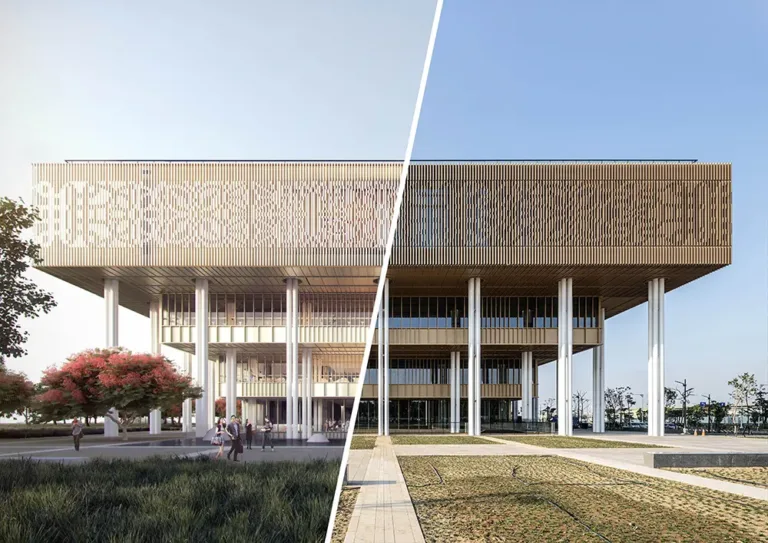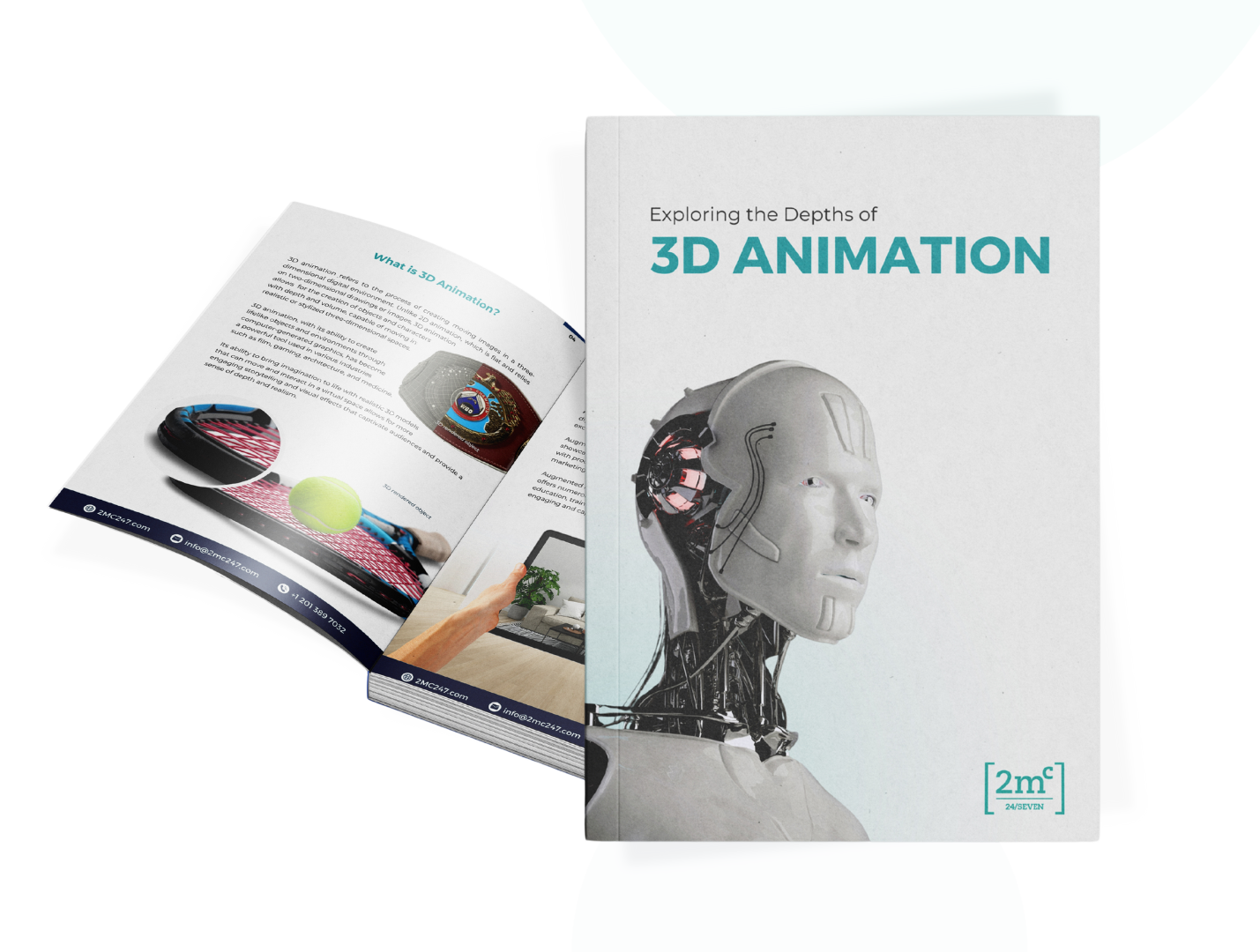Have you ever wondered who will lead the future of 3D animation—humans or AI?
With rapid advances in technology, particularly artificial intelligence and machine learning, the animation industry is transforming at lightning speed. Some believe AI will eventually dominate the 3D animation landscape, rendering human animators obsolete. Others argue that creativity, emotion, and storytelling—hallmarks of human artistry—can never be replicated by machines.
So, what’s the future of 3D animation? Let’s explore both sides of the debate and weigh the strengths and limitations of each approach.
What Is Human 3D Animation?
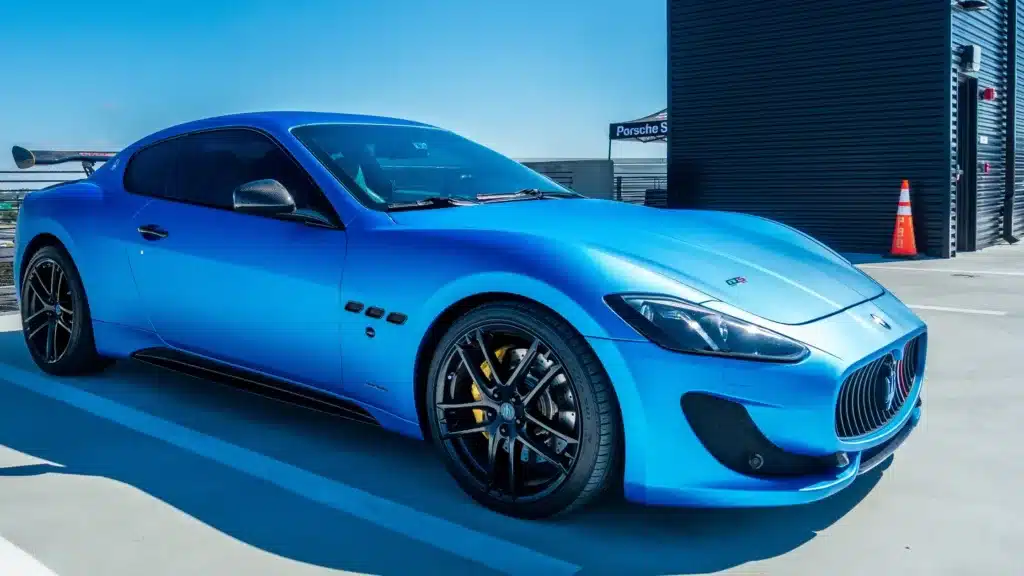
Human 3D animation is the process of designing computer-generated visuals that replicate realistic movements and expressions in a three-dimensional space. It involves using creative tools and techniques to build characters, environments, and objects that come to life through motion.
This method appeals to our emotional connection with visuals that feel personal and authentic. For example, major films and marketing campaigns often rely on custom 3D animation to create memorable, relatable content.
A prime example is Avatar (2009), which featured incredibly detailed characters and immersive worlds created entirely by human animators. Video games also showcase this artistry, using 3D modeling and animation to craft dynamic, interactive experiences.
Top Human-Generated Tools for 3D Animation in 2025
Here are some of the most widely used tools still driving human creativity in the industry today:
- Maya – A professional-grade 3D animation tool used by top studios in film and gaming.
- Blender – A free, open-source tool beloved by independent animators.
- ZBrush – Ideal for digital sculpting and character modeling.
- Substance Painter – Used for realistic texturing and surface detailing.
- Unity – A game engine that powers interactive 3D content.
- Unreal Engine – Known for high-quality graphics and real-time rendering.
These tools allow animators full creative control, offering the freedom to express ideas in ways AI tools may not yet replicate.
What Is AI 3D Animation?
AI 3D animation refers to the use of artificial intelligence to automate parts of the animation process. AI tools can generate animations using machine learning models trained on massive datasets, significantly reducing the time needed for tasks like motion capture, rigging, and rendering.
An example of this is Rokoko’s Smartsuit Pro, which uses AI to capture and translate human movement into 3D animation data. Another is Artomatix, which uses machine learning to rapidly generate textured 3D models.
Top AI-Generated Tools for 3D Animation in 2025
- Artomatix – Uses AI to create photorealistic textures and environments.
- DeepMotion – Enables realistic character animation powered by AI motion capture.
- Houdini – Known for simulations and includes AI-assisted features for animation.
- Cascadeur – Helps animators create physically accurate character movements with the aid of AI.
- NVIDIA Omniverse – A powerful platform offering real-time rendering and AI-driven simulation.
These tools are accelerating the animation workflow by automating complex processes. But while they boost efficiency, they still rely on human vision and oversight.
How AI Is Driving the Growth of the 3D Animation Market
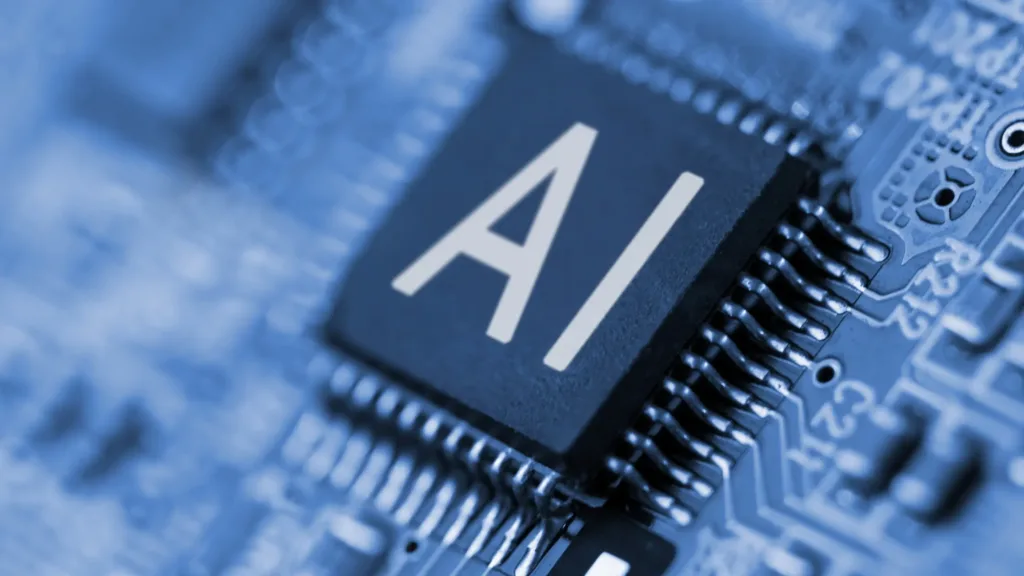
AI isn’t just changing how we animate—it’s reshaping the entire industry. According to reports, the global 3D animation market is expected to grow from $12.15 billion in 2020 to $35.38 billion by 2027, and AI is a major factor behind this surge.
By automating tedious tasks such as rigging, rendering, and scene generation, AI tools help studios work faster and more cost-effectively. This opens new opportunities for companies to produce high-quality content at scale.
Human vs AI: Collaboration, Not Competition
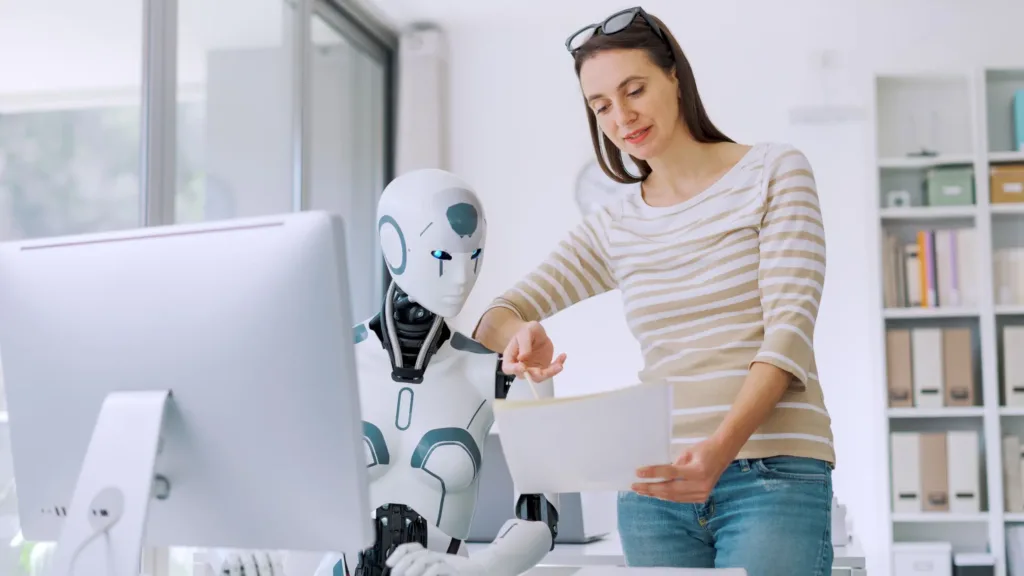
Despite AI’s advancements, many studios are adopting a hybrid model, where AI handles the technical heavy lifting and humans focus on creativity and storytelling.
For example, Pixar’s RenderMan software uses AI to streamline rendering, but the emotional nuances of character animation are still crafted by skilled artists. Other studios use AI to create crowd scenes or background elements, allowing animators to concentrate on core character performance and visual storytelling.
In short: AI enhances human work—it doesn’t replace it.
Final Thoughts
The future of 3D animation won’t be about AI vs. humans. It will be about AI and humans working together to bring stories to life more efficiently and beautifully than ever before.
AI brings speed, scale, and automation to the table. Human animators bring emotion, depth, and artistic vision. By combining both, the industry can unlock a new era of creativity.
